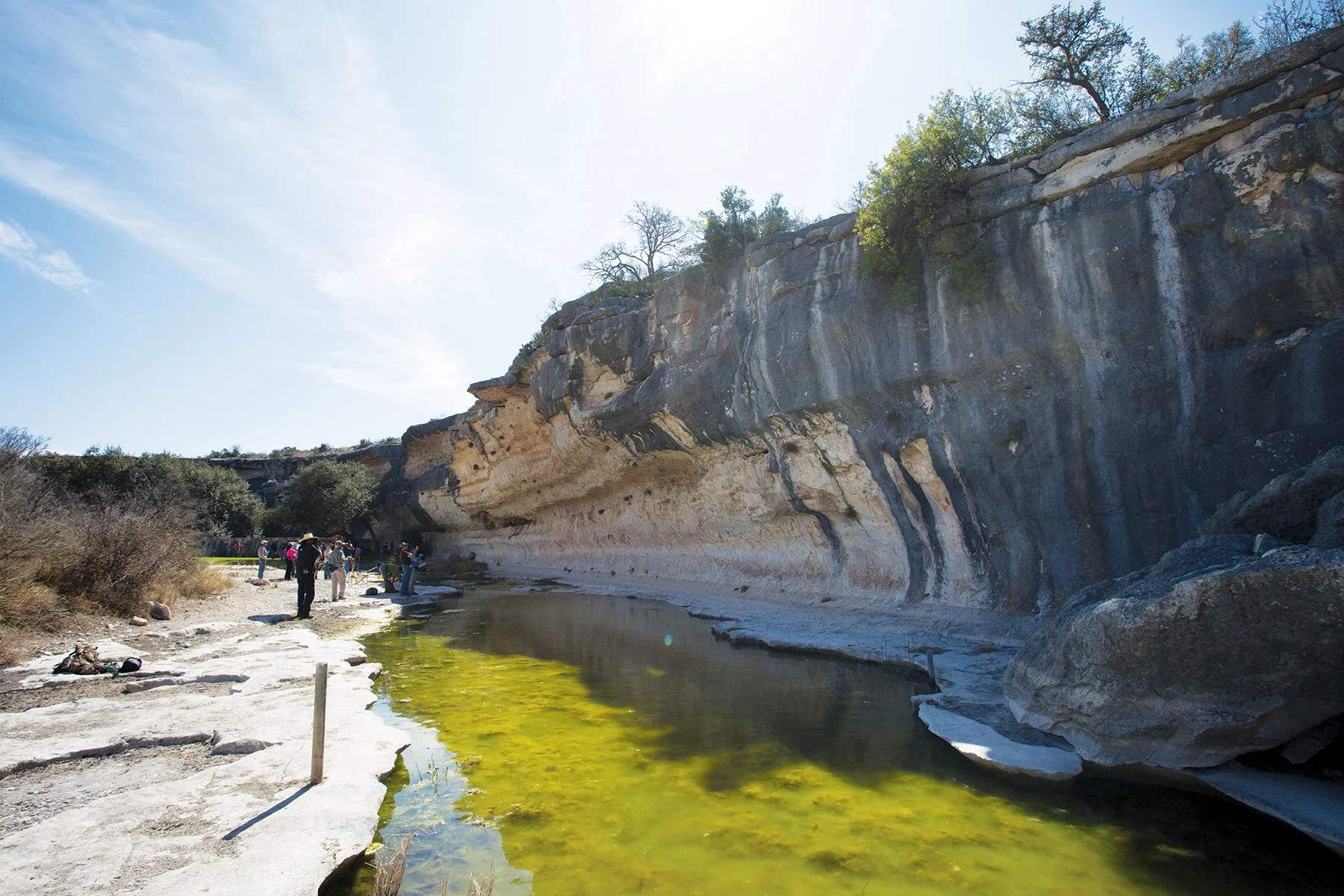Hidden Indigenous Cave Art In Texas’s Lower Pecos

Have you ever wondered about the hidden stories of ancient peoples? Texas's Lower Pecos region holds some of the most fascinating Indigenous cave art in North America. These rock paintings, created thousands of years ago, offer a glimpse into the lives, beliefs, and rituals of early inhabitants. Imagine standing before a cliff face adorned with intricate symbols and figures, each telling a unique story. This art isn't just beautiful; it's a historical treasure that helps us understand the past. Ready to learn more about these incredible works and the people who made them? Let's dive into the world of Indigenous cave art in Texas's Lower Pecos.
Discovering the Hidden Indigenous Cave Art in Texas's Lower Pecos
The Lower Pecos region of Texas holds a treasure of ancient cave art created by indigenous peoples thousands of years ago. These artworks provide a glimpse into the lives, beliefs, and cultures of the early inhabitants of this area. Let's explore some of the most fascinating sites where you can witness these incredible pieces of history.
1. White Shaman Preserve
The White Shaman Preserve is home to one of the most famous rock art panels in the Lower Pecos. This site features a large mural that spans over 26 feet and is believed to be over 4,000 years old. The intricate designs and symbols tell stories of creation, rituals, and the spiritual world.
2. Fate Bell Shelter
Located within Seminole Canyon State Park, Fate Bell Shelter boasts an impressive collection of pictographs. The shelter's walls are adorned with vibrant images of animals, human figures, and abstract shapes. These paintings provide insight into the daily life and spiritual practices of the ancient people who lived here.
3. Panther Cave
Accessible only by boat, Panther Cave sits along the Rio Grande and features a stunning array of rock art. The cave gets its name from a prominent painting of a panther, but it also includes numerous other figures and symbols. The remote location adds to the sense of adventure and discovery.
4. Curly Tail Panther Shelter
Curly Tail Panther Shelter is another remarkable site in the Lower Pecos region. The shelter contains a variety of pictographs, including the distinctive curly-tailed panther that gives the site its name. The artwork here is well-preserved, offering a clear view of the ancient artists' skill and creativity.
5. Rattlesnake Canyon
Rattlesnake Canyon is known for its extensive collection of rock art, including images of rattlesnakes, deer, and other animals. The canyon's secluded location makes it a peaceful spot to reflect on the connection between the ancient inhabitants and their natural surroundings.
6. Halo Shelter
Halo Shelter features a unique set of pictographs characterized by halo-like circles around human figures. These intriguing images suggest a spiritual or ceremonial significance, offering a fascinating glimpse into the beliefs of the people who created them.
7. Meyers Springs
Meyers Springs is a site with a rich history of human occupation, evidenced by the numerous rock art panels found here. The artwork includes both pictographs and petroglyphs, showcasing a wide range of styles and subjects. This site provides a comprehensive look at the artistic expression of the region's ancient inhabitants.
8. Painted Shelter
Painted Shelter is aptly named for its vibrant and colorful rock art. The shelter's walls are covered with images of animals, human figures, and abstract designs. The bright colors and intricate patterns make this site a must-see for anyone interested in ancient art.
9. Cedar Springs
Cedar Springs offers a more secluded experience, with rock art that includes both pictographs and petroglyphs. The site features images of animals, human figures, and geometric shapes, providing a diverse look at the artistic traditions of the Lower Pecos region.
10. Eagle Cave
Eagle Cave is one of the largest rock shelters in the Lower Pecos and contains an impressive array of pictographs. The cave's walls are adorned with images of eagles, deer, and other animals, as well as human figures and abstract designs. The sheer size and variety of the artwork make this site a highlight of any visit to the region.
Discovering Texas's Hidden Treasures
Exploring the hidden Indigenous cave art in Texas's Lower Pecos region offers a unique glimpse into ancient cultures. These rock paintings and petroglyphs tell stories of people who lived thousands of years ago. Visiting these sites not only enriches our understanding of history but also helps preserve these treasures for future generations.
When planning your trip, remember to respect the sites and follow guidelines to protect the artwork. Bring plenty of water, wear sturdy shoes, and consider hiring a guide to enhance your experience. The Lower Pecos region is a hidden gem, waiting to be explored by those who appreciate history and adventure.
So, pack your bags and get ready to uncover the secrets of Texas's ancient past. This journey promises to be both educational and awe-inspiring, leaving you with memories that will last a lifetime.

